The Victoria and Albert Museum’s 2018 exhibition Frida Kahlo: Making Her Self Up was the first to display the wardrobe of Mexican artist Frida Kahlo (1907-1954) outside of her former home in Coyoacán, Mexico City. Kahlo’s wardrobe, including her famous Tehuana dresses, medical corsets and pre-Hispanic jewellery, were uncovered in 2004 having been locked away for 50 years in La Casa Azul, now the Museo Frida Kahlo. The discovery of these remarkable belongings presented a poignant insight into the way Kahlo constructed a unique visual identity that has transcended generations, cementing her as a twenty-first century female icon.
Kahlo was born in the suburbs of Mexico City in 1907; her father was a Hungarian-Jewish immigrant and her mother a Mestizo from Oaxaca. After contracting polio at the age of six and later sustaining life-altering injures in a traffic accident in 1925, Kahlo developed a complex relationship with her body. In contrast to a life punctuated by physical limitations, Kahlo’s intellect and creativity were boundless. The exhibition showcased Kahlo’s meticulous sartorial choices through a mix of Mesomerican and European textiles, whilst items including cosmetics and jewellery illustrated her bold use of colour. Kahlo’s preference for the symbolic Tehuana costume from the Isthmus of Tehuantepec, a matriarchal society in the Southern State of Oaxaca, had political and practical connotations. By adopting the indigenous style of loose-fitting huipiles (tunics) and wrap-around skirts, Kahlo could simultaneously emphasise her dual ethnicity and disguise her physical disabilities. Layered with personal meaning, Kahlo’s clothing and adornment were instrumental in the creation of her artistic persona.
The exhibition, designed by Tom Scutt and Gibson Thornley, guided visitors through a series of intimate spaces, culminating in a final gallery entitled ‘Art and Dress’ where Kahlo’s surviving wardrobe was seen alongside key self-portraits for the very first time. Presenting Kahlo’s garments with authenticity was deemed crucial to the exhibition narrative and the display mannequin was therefore integral to the audience’s interpretation. Regular meetings took place with the design team, V&A Senior Curator Claire Wilcox and co-curator Circe Henestrosa to explore ideas around representation, disability and practical display options. It was identified early in the project that the mannequin and mounting approach should evoke a sense of Kahlo, while avoiding pastiche imitation. The mannequin needed to serve as the fundamental support for the costume, but also convey a sense of Kahlo through height, body shape and profile.
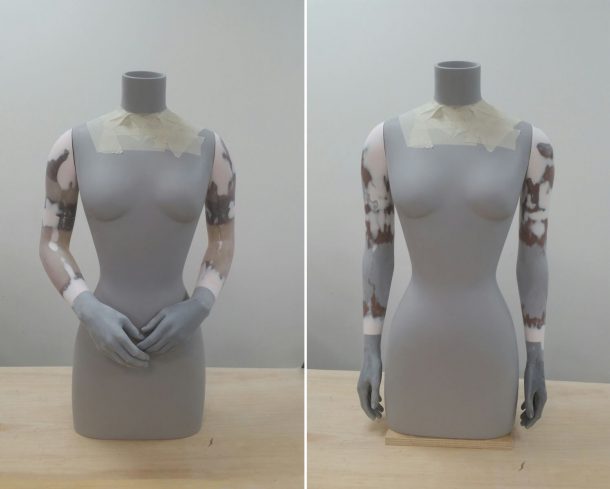
To create a mannequin that would be suitable, the body was broken down into sections. Kahlo wore customized full-length skirts to detract from her orthopaedic shoes and weakened right leg. This meant the lower section of the body would be concealed and an adjustable torso with pole and base fixing could be selected as the starting point. The torso was close to Kahlo’s dimensions with narrow shoulders, waist and hips and allowed for supportive barrier layers between the figure and costume. The next step was to create different arm poses. A pair of existing arms were amended to the correct scale and then adapted into three different poses based on a series of reference photographs of Kahlo. The posed arms added a level of dynamism and character that subtly began to simulate a sense of the iconic artist (Figure 1).
Creating a suitable mannequin head presented several challenges as Kahlo had striking features and used elaborate Zapotec hair styles. After exploring different design options, it became clear that an existing head could not be adapted, and a new head needed to be made from scratch. The traditional method of sculpting from clay was considered but with budget and time constraints, this approach was not deemed viable. There were high expectations within the project team to create something original, but also considerable apprehension of reducing Frida Kahlo into a Madame Tussauds-style effigy.
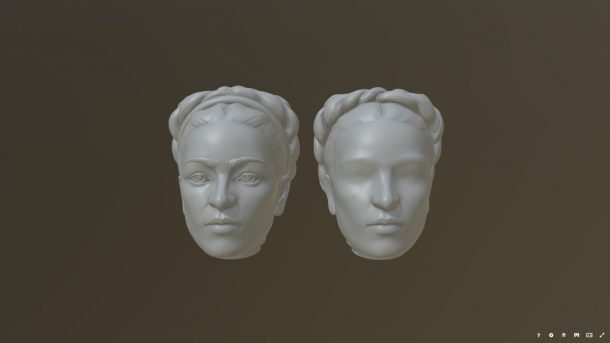
An exciting process that was new to the V&A provided the solution: using digital rendering and 3D printing to design and develop a mannequin head. Netherlands-based company Hans Boodt, who specialize in 3D printing mannequins, presented an affordable rapid prototyping method. First, a digital sketch of Kahlo was created using modelling software Zbrush. The sketch was then 3D printed within 24 hours and used as a visualization tool for review by the team. The initial design was too lifelike, yet the accuracy of the head did have an emotional engagement and sense of theatricality. As digital amendments could be made quickly, the design was reworked into a semi-realistic version. Concerned that the level of realism could overpower the objects on display, the head was further softened to a ‘blown-back’ design that was intended to subtly suggest Kahlo’s facial features and hair style (Figure 2). The final 3D printed head was refined and robust enough to serve as the first mould for fabrication in fibreglass. This stage of production was carried out by Proportion>London, who ensured the heads fitted seamlessly with the selected torsos (Figure 3).

With all elements of the figure brought together, the mannequin finish needed to unify with the case design, which was reminiscent of a large idol-clad pyramid in La Casa Azul gardens. It was important that the mannequins did not look like glossy fiberglass and alternative finishes were explored. The team were inspired by the vast collection of indigenous sculpture seen throughout the homes of Kahlo and her husband Diego Rivera. After experimenting with different techniques, a paper finish added a sculptural effect and had an almost stone-like quality that complimented the handmade aesthetic of Kahlo’s clothing.
The Frida Kahlo design brief presented an opportunity to utilize the latest 3D technologies and ‘make up’ a bespoke mannequin by combining modern and traditional methods. Kahlo’s physical presence was successfully characterised by taking a new approach toward mannequin design. Combined with several discrete and supportive costume mounting techniques, the wardrobe revealed the iconic style, artistry and strength that Kahlo has come to symbolise (Figure 4).
Acknowledgments
I am immensely grateful to all the staff at Museo Frida Kahlo, in particular Luanda Lopez, Claudia A. Romo, Perla Labarthe, Circe Henestrosa and Director Hilda Trujillo, and to my colleagues at the V&A Claire Wilcox, Natalia Ferreiro, Sophie Manhire and the Textile Conservation team.
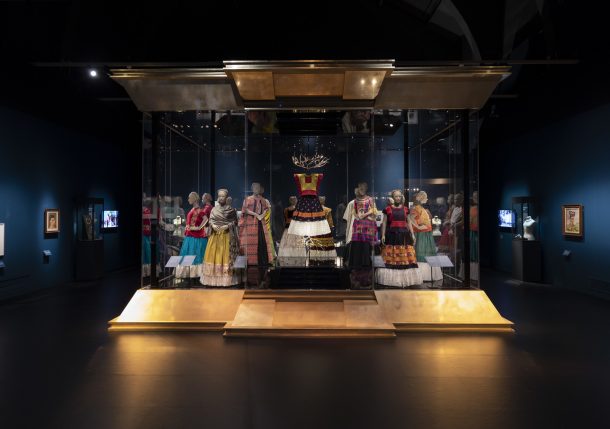
Sponsored by Grosvenor Britain & Ireland with support from Aeromexico, Art Mentor Foundation Lucerne and GRoW @ Annenberg.
The Brooklyn Museum is now showing Frida Kahlo: Appearances Can Be Deceiving through May 12, 2019. The exhibition is based on the V&A’s exhibition Frida Kahlo: Making Her Self Up curated by Claire Wilcox and Circe Henestrosa, with Gannit Ankori as curatorial advisor.
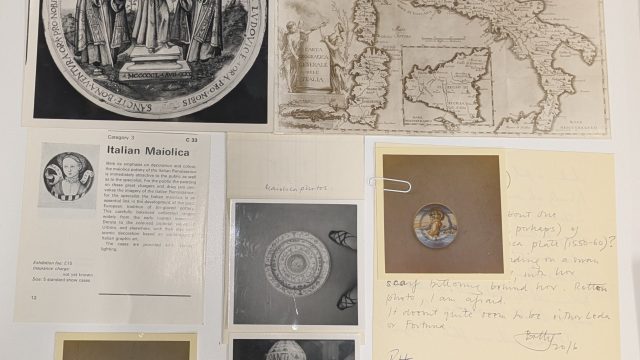
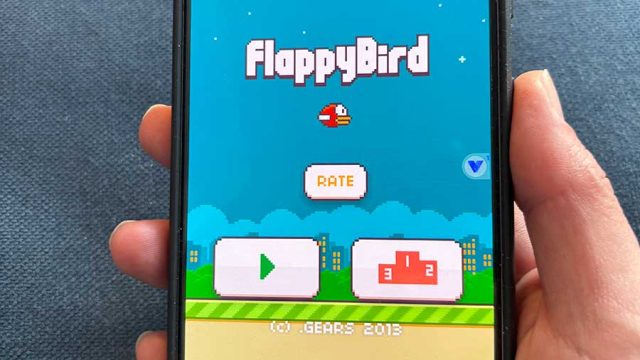
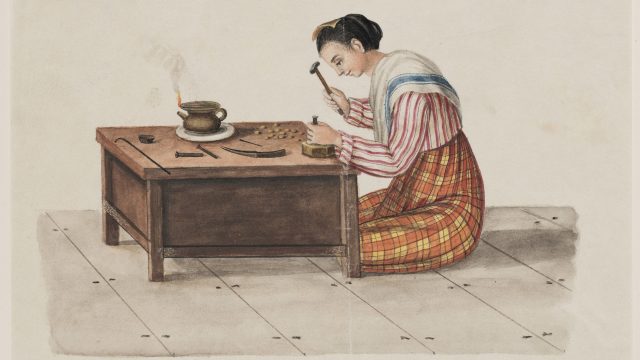
Missing visiting the V and A, but these posts are fascinating. What a privilege to work with such amazing objects.